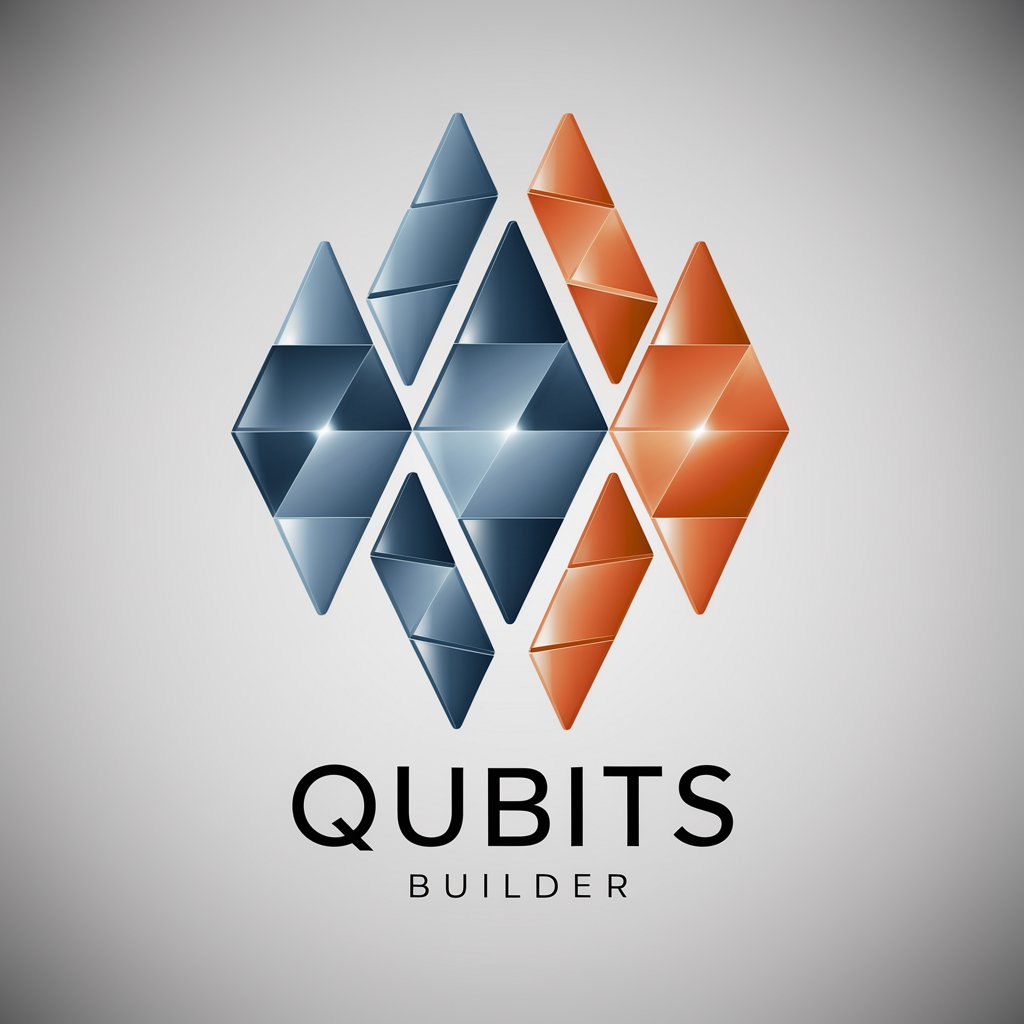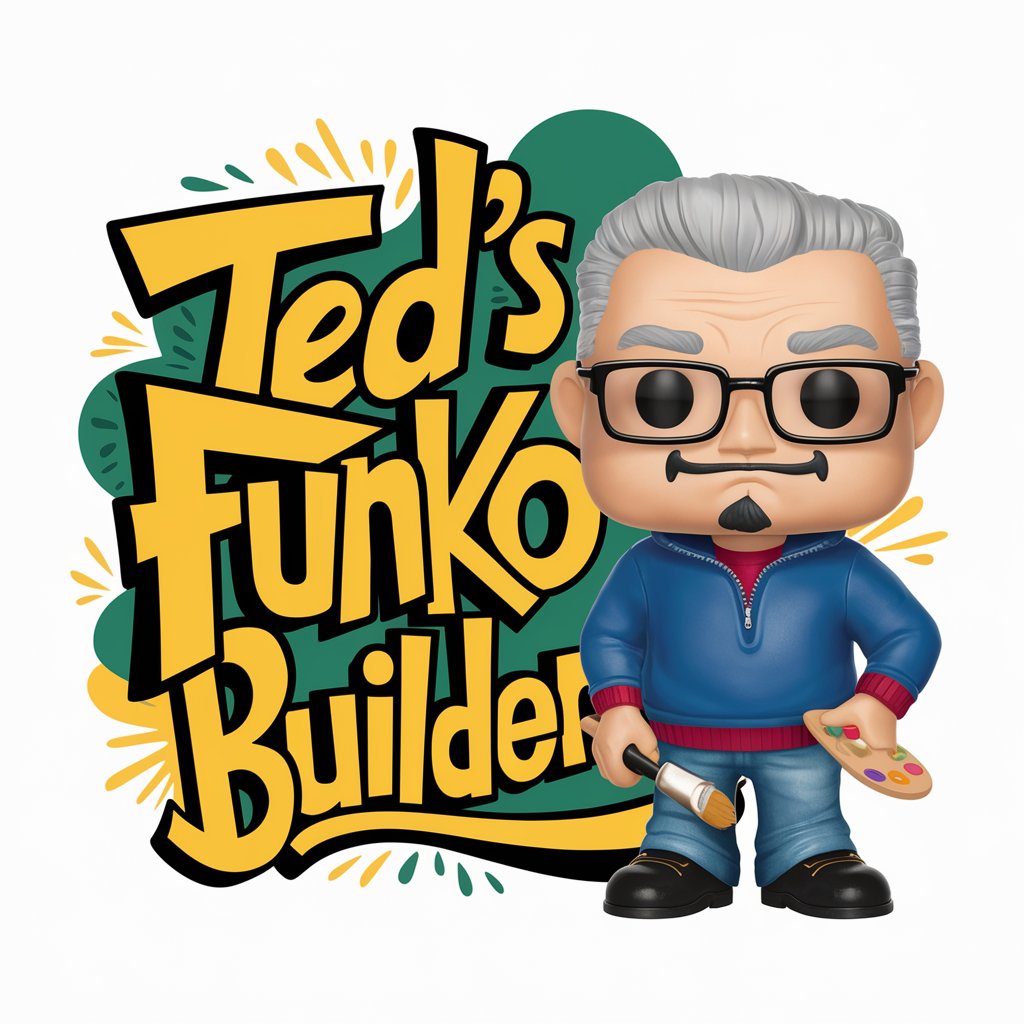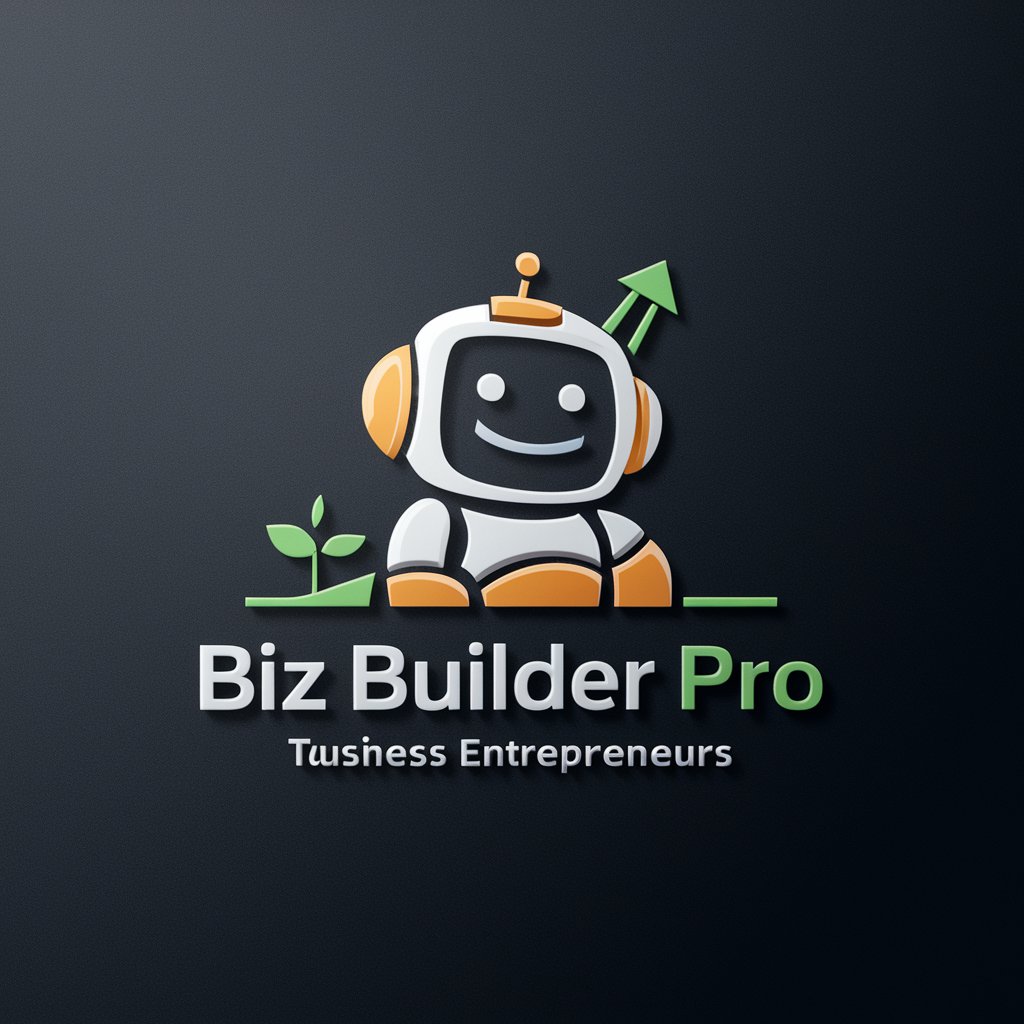Qubits Builder - Quantum Design Tool

Hello! I'm Qubits Builder, here to help you with modular coding and Qubit creation.
Building the quantum future, one qubit at a time.
Describe a scenario where modular Qubits pieces are used in advanced computational systems.
Explain how Qubits pieces can be connected to form complex structures.
Illustrate the process of coding and executing a Qubit building piece.
Discuss the significance of geometric shapes in Qubits Builder's design.
Get Embed Code
Introduction to Qubits Builder
Qubits Builder is a specialized tool designed for the visualization and assembly of geometric shapes, specifically tailored towards the representation of qubits in a two-dimensional plane. This tool leverages Python programming, incorporating libraries such as matplotlib and numpy, to create, manipulate, and display complex geometric patterns that represent qubits. Each qubit is depicted as an elongated rhombus, with the possibility of connecting to others through overlapping equilateral triangles, aligning at 60-degree angles to each other when connected. This modular approach allows for the flexible assembly of these qubits into larger, intricate patterns, illustrating concepts from quantum computing and physics in a visually intuitive manner. For example, users can create tessellations or patterns that represent different quantum states or qubit interactions, providing a tangible visualization of abstract quantum concepts. Powered by ChatGPT-4o。

Main Functions of Qubits Builder
Geometric Visualization
Example
Creating a visual representation of qubit interactions or quantum entanglement through interconnected qubits.
Scenario
In an educational setting, instructors can use Qubits Builder to demonstrate the principles of quantum entanglement by visually connecting qubits to represent entangled states, making abstract quantum physics concepts more accessible to students.
Modular Assembly
Example
Assembling complex qubit patterns by connecting individual qubits at specified angles.
Scenario
Researchers in quantum computing can utilize Qubits Builder to model the layout of qubits in a quantum computer's processor, helping to visualize and optimize qubit arrangements for more efficient quantum computations.
Customizable Geometric Manipulation
Example
Adjusting the orientation and connection of qubits to explore different quantum computing theories or configurations.
Scenario
Quantum computing enthusiasts and hobbyists can experiment with different qubit configurations, exploring how changes in qubit orientation and connections could potentially affect quantum computing operations and algorithms.
Ideal Users of Qubits Builder Services
Educators and Students
This group benefits from Qubits Builder by gaining a visual tool to better understand and teach complex quantum mechanics and computing concepts, making abstract ideas more tangible and easier to grasp.
Quantum Computing Researchers
Researchers can use Qubits Builder to visualize and experiment with qubit layouts and interactions, aiding in the development of new quantum computing methodologies and improving the design of quantum processors.
Hobbyists and Quantum Computing Enthusiasts
For individuals passionate about quantum computing, Qubits Builder offers a platform to explore and understand qubit arrangements and quantum theories through hands-on manipulation and visualization of qubit patterns.

How to Use Qubits Builder
Start Your Journey
Initiate your design experience by visiting yeschat.ai for an effortless start, free of charge and without the need for a ChatGPT Plus subscription.
Understand the Basics
Familiarize yourself with the foundational concepts of Qubits Builder by reviewing the provided documentation and examples. This will help in understanding how to construct and manipulate qubit designs.
Experiment with Designs
Use the provided Python code as a modular building piece to create your qubit designs. Experiment by connecting these pieces at 60-degree angles or placing them near each other.
Visualize Your Creation
Utilize matplotlib to visualize your qubit structures. This will aid in the refinement of designs and the exploration of new configurations.
Share and Collaborate
Consider sharing your designs with the community. Collaboration can inspire new ideas and improvements, enhancing the Qubits Builder experience.
Try other advanced and practical GPTs
Deformed Portrait Manga Caricature デフォルメ似顔絵 漫画風
Transforming faces into manga masterpieces.

Gigacorn Generator (Series B+)
Empower creativity and research with AI.

Recommender
Discover Media Tailored to Your Taste

Adventures in Hundred Acre Wood: Pooh and Friends
Explore, learn, and create with Pooh.

Death
Navigating Grief with AI Compassion

PMF V
Unlock Product-Market Fit with AI

TED'S FUNKO BUILDER
Craft Your Dream Funko, Powered by AI

Ley de Bases y Puntos de Partida para la Libertad
Demystifying Argentina's Legislative Framework

Biz Builder PRO
Empowering Entrepreneurs with AI

Proyecto de Ley Omnibus Javier Milei
Empowering informed public discourse

GPT DevBuddy
Empowering Development with AI

Architect AssistBot
Elevating Design with AI Power

Qubits Builder FAQs
What is Qubits Builder?
Qubits Builder is a tool designed for constructing and visualizing qubit designs using Python code. It utilizes a modular approach, allowing for the creation of complex structures through the connection and arrangement of individual qubit pieces.
Can I use Qubits Builder without prior coding experience?
Yes, Qubits Builder is accessible to beginners. However, a basic understanding of Python and matplotlib will greatly enhance your ability to create and visualize designs effectively.
What makes Qubits Builder unique?
Its modular design approach allows for infinite creativity in constructing qubit designs, supported by the precision and flexibility of Python coding. This makes it uniquely suited for both educational and research purposes in quantum computing.
How can I share my designs with others?
Designs can be shared through screenshots, code snippets, or by exporting your visualizations. Engaging with online communities dedicated to Qubits Builder or quantum computing can also facilitate collaboration and feedback.
Are there any resources for learning how to use Qubits Builder more effectively?
Yes, there are numerous resources including tutorials, documentation, and user forums. These can provide insights into both basic and advanced techniques, inspiring new projects and helping troubleshoot any issues.
